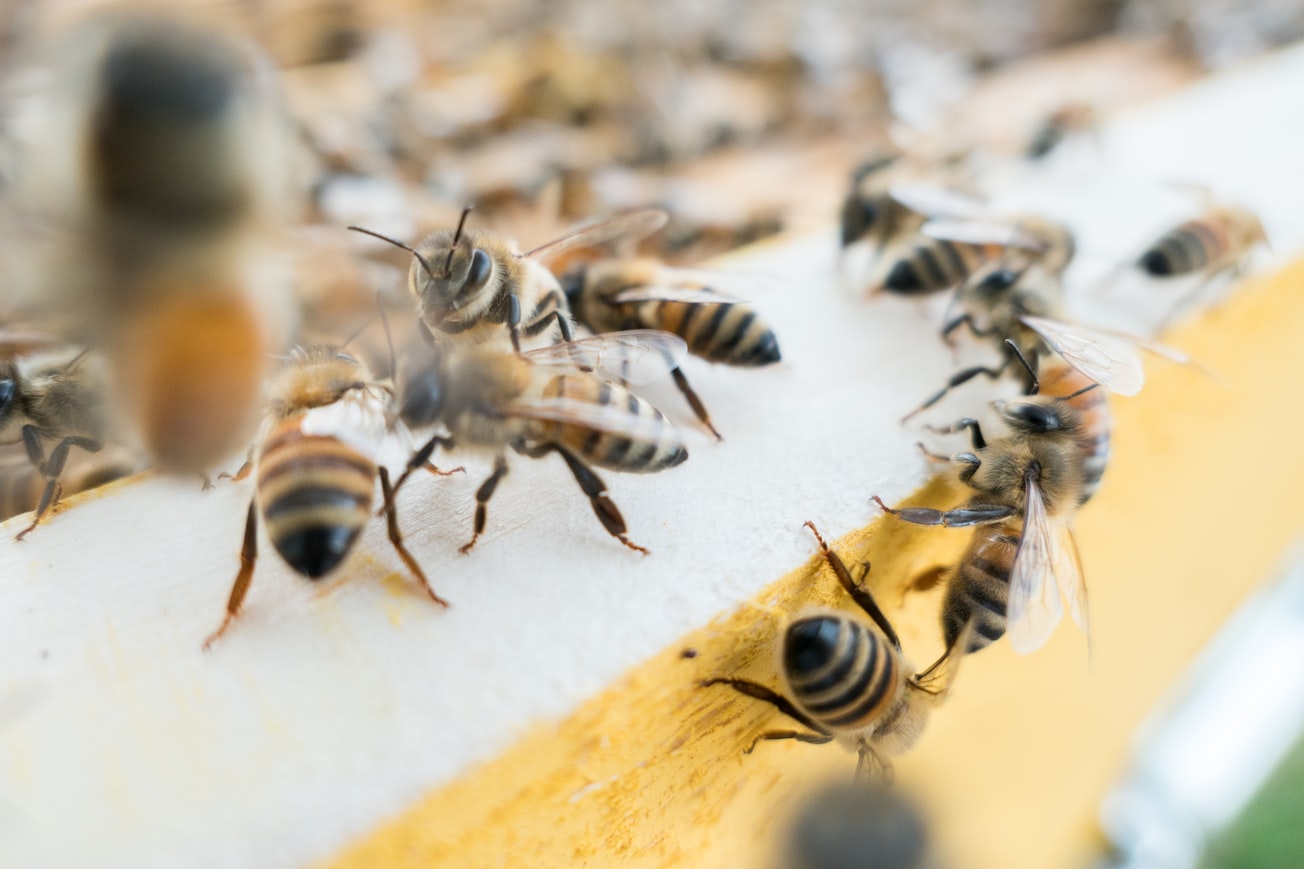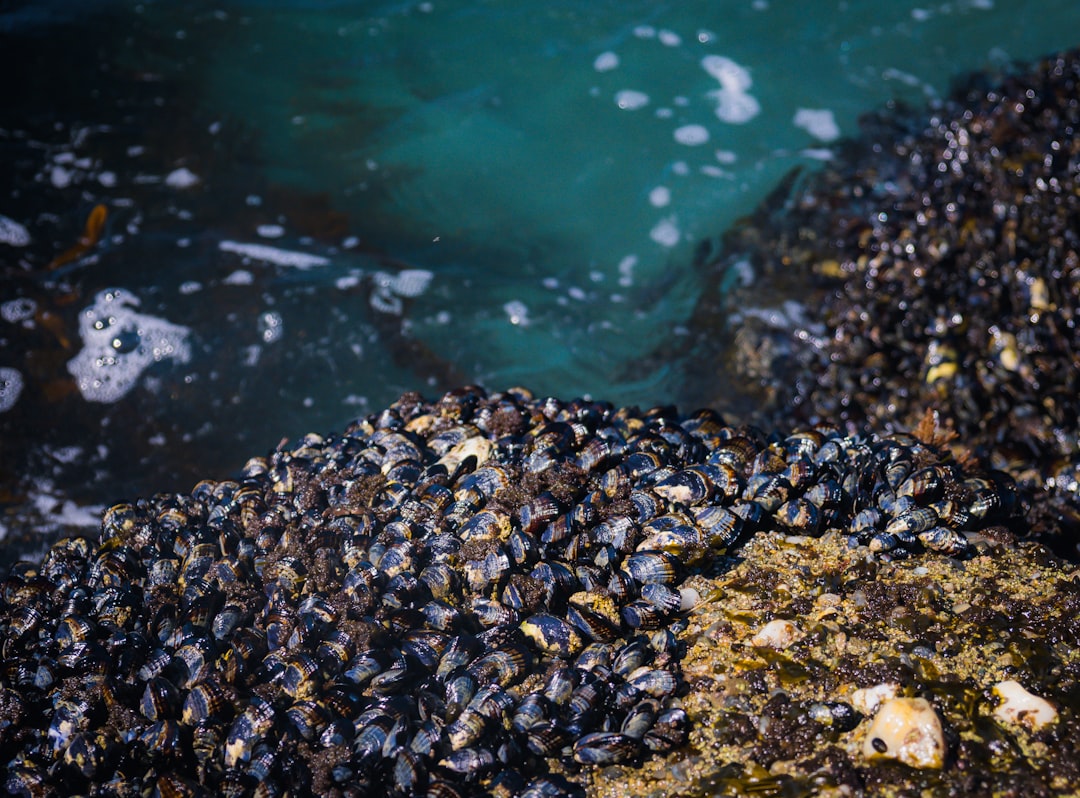What is it about?
Increasing evidence points to a potential negative impact of pesticides on wild bee and bumblebee populations. However, without the means of disease control it would be difficult to produce enough crops to satisfy demand. How should farmers balance these two possibly incompatible and yet essential inputs? In this paper, we combine ecological modelling with economic analysis to investigate the effects of pesticide use on wild and commercial bees, whilst allowing farmers to partly offset the negative effects of pesticides on bee populations by creating more on-farm bee habitat. The optimal allocation of on-farm habitat strongly depends on the negative effects of pesticides, with a threshold-like behaviour at a critical level of the impairment. When this threshold is crossed, the population of wild bees becomes locally extinct and their availability to pollinate breaks down. We show that availability of commercial bees masks this decrease in pollination services which would otherwise incentivise farmers to conserve the wild pollinator population. Indeed, if commercial bees are available, optimum profit may be achieved by providing no habitat at all for wild bees, and allowing these wild pollinators to go extinct.
Featured Image

Photo by Massimiliano Latella on Unsplash
Why is it important?
Globally, around three-quarters of food crops are at least partly dependent on insect pollination. Ensuring sufficient pollination of these crops will be challenging in the future, as wild insect populations are facing various pressures, habitat loss, declines in foraging resources and agricultural intensification. Our paper shows that farmer's decisions about the use of pesticides, setting aside land for wild pollinators, or buying commercial bees, have profound effects on the survival of wild bees. This in turn has implications for global long-term food security.
Read the Original
This page is a summary of: Pesticides and bees: Ecological-economic modelling of bee populations on farmland, Ecological Modelling, September 2017, Elsevier,
DOI: 10.1016/j.ecolmodel.2017.06.008.
You can read the full text:
Resources
Contributors
The following have contributed to this page










